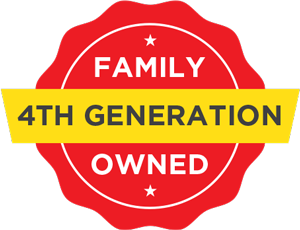Understanding Fuel Economy For St. Paul, MN Drivers
With the often rising prices of gas, there are always people out there coming up with ideas for how to get better mileage with your vehicle. Some people even wonder how exactly you can determine the fuel economy of a vehicle. There are places you can look up your vehicle online to get the manufacturers report to how efficient a vehicle is. If you want to compare your current rating to it, how you find out, its pretty simple.
How fuel economy is determined:
You need to first find out the size of your fuel tank and then you need to set the gauge in your car to track miles traveled for your current trip. In older vehicles there will be a button near the odometer that can be pressed to switch between current and total mileage. All vehicles should have this option on their dash some where, if not then you will need to wait until your ready to refuel. Typically if you wait until the indicator hits E but before the warning light comes on, you can get a fairly close rating when you are done. When you refuel, write down the current odometer reading or reset the tracker on the dash. Drive to E again and write down the total miles traveled. Divide the total miles by the size of the tank and you get the current mileage. For example, you have a 10 gallon tank and end up traveling 297 miles, which means your current economy is around 29.7 miles to the gallon. If the end result is less than what the manufacturer lists, it should be kept in mind that you get better mileage on highway traveling than city. If you’ve done nothing but city traveling and the reading still ends up lower than the listed one, you may want to take it into an auto repair shop.
Ways it can be improved:
At times when you take a car that is not getting good fuel mileage into an auto repair shop, you may find that all that is needed is a good tune up and filters being changed out. Improperly filled tires, or tires that are missing air can also contribute to lowering the fuel efficiency of a vehicle. Most auto repair shops in the St. Paul, MN area can get and engine running in top condition and tires to their ready in very little time. When the engine is running at its peak and the tires have proper traction, vehicles get their best fuel efficiency. Dirty air, fuel, and oil filters, as well as worn out spark plugs are areas in the engine that can create drag on the performance and make the engine burn more fuel to make up for it. How you drive also makes a difference. Taking direct routes with fewer lights, and traveling on highway versus city, can be ways to get more miles per gallon. Another important driving pattern is controlled acceleration, and avoiding flooring the pedals or being heavy on the gas can also help keep your fuel economy up.
